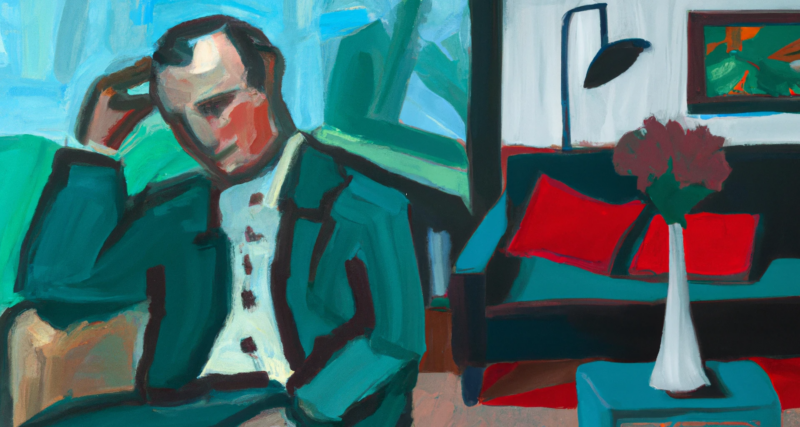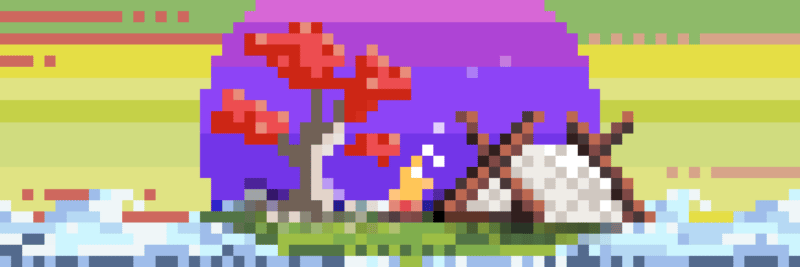
Over the past years, I’ve spoken to many entrepreneurs and investors in my age group (35-45), and one of the questions I like to ask is what their net worth goal is, irrespective of where they’re currently at. It’s a question that is designed to make them think about what is the amount of money that would cover all their dreams at the moment and foreseeable future, while also being believable.
Interestingly enough, it turns out that almost everyone’s answer falls around the same figure: 10 million dollars.
Now, that’s a lot of money, especially if you come from a modest background. My net worth in my mid-twenties was practically zero, and if you were to talk to me about these kinds of figures they would have been hard to conceive. However, once you start forging ahead in your financial status, you start revising your goals and relationship with money.
Here are a few ways that people in this age group have been able to achieve that net worth figure:
- Gain leverage at your job: become a unique and indispensable player in your company and in your industry. You can then break free of the typical salary ceilings that exist within any company and industry.
- Open your own business: here you assume higher risk in the hopes of higher returns. The higher theoric risk is reduced by your mastery and knowledge of the industry. Put simply – you’re more likely to succeed than the rest of your peers, because you are already one of the best people in the space.
- Start to invest: when the job or business starts to give off more money than you need for your living expenses, invest the rest.
Why is the $10 Million Figure So Attractive?
I believe that it is the most commonly mentioned figure due to being a nice round number, and the fact that most young entrepreneurs and investors tend to have amassed a few million during this age bracket, but have enough knowledge of their skills and the niche they operate in to see themselves getting to that $10 million figure. Sometimes it might mean having to sell their business, and that comes with its own disadvantages, but they typically see it as an attainable figure.
With $10 million dollars, if you have high aspirations and love the finer things in life, you won’t be set for life, but rather you will have a very nice platform to launch off from to even bigger things.
For example, you can afford to:
- Buy a very nice house in a great neighborhood, cash payment
- Get yourself some nice cars and other toys
- Send your kids to the best private schools
- Travel first class or even using rented private jets
- Eat out at fine dining locations regularly
It basically allows you to do whatever you want with your life while also giving you the opportunity to make some expensive capital acquisitions like a house and cars.
I describe it as a launchpad because I wouldn’t personally be sitting on my laurels at that $10m level without having a plan in place to double or triple it within the next decade. Cashflow is extremely important to sustain a high flyer lifestyle, and the biggest mistake one can do is to think they’ve made it when they hit a goal like a $10mm net worth, when in reality they have no cashflow.
That’s why getting a big amount of money from an inheritance, fantastic investment, or sale of your business is actually quite hard to handle. Yes, you end up with a lot of money, but if we’re thinking long term, upgrading your lifestyle to the points I just mentioned means the money will run out in a few years at best, and it’s much harder downgrading your lifestyle once you’ve gotten used to better quality all around you.
Meanwhile, some NFT holders don’t even fancy selling their JPEG profile pic for almost $10m:
Why I rejected a 2500 ETH ($9.5M USD ) offer from @poapxyz on CryptoPunk #6046
This could have been the largest ever on-chain NFT sale in USD, but I chose to reject the offer.
Here is the story and why 👇 pic.twitter.com/zeURo4C5z6
— richerd.eth (@richerd) October 16, 2021
Let’s Talk Liquidity
Having a high net worth is great, but unless it is liquid net worth, it can be quite hard to really enjoy it.
For example, you might own a business that is worth $8 million, but that doesn’t really translate into anything practical in your life, since you can’t spend any of that money, and there’s also the risk that the valuation might change at any point in time. We’ve seen how the valuations of public companies can change drastically from one year to another in recent years. For private companies, you have the same story. This is especially true if you’ve been working towards building a company that can be acquired. At certain times the economical circumstances might mean that venture capital dries up, or this is a general dearth of acquisitions in your industry, meaning you’ll need to wait a few more years for the exit. For some companies, this can indeed drive them to the verge of collapse if they haven’t been managing their runway and cash flow property. In short – it’s a treacherous journey and you can’t really change the way you live based on your company’s theoretical valuation.
It’s worth noting that a well-known financial trick of the super-rich (typically $25m+) is to leverage their best assets to obtain loans, but this is not that easy to work out for younger people with lower net worth figures and typically in risky assets. The super-rich can leverage their own private company stock, or their public stock portfolio, real estate, etc, but again they tend to have lower-risk assets and much bigger amounts, making them way more interesting for banks and institutions who are considering lending them money.
In conclusion, the dream state seems to be $10 million in liquid assets plus a healthy cash flow that covers all your monthly costs. Even better if that monthly cash flow is as passive as possible, which would give you the free time to actually use that higher purchasing power and enjoy material possessions, travel and other experiences.
I would also like to add that having lofty net worth objectives does not mean that there are no intermediate stages and that one would only be happy and satisfied if they reach that goal. I do believe that money does buy happiness to a certain degree, but there are diminishing returns the higher you go. Financial strife is one of the most common problems for people, even contributing to the breakup of marriages, and we should all be trying to attain a level of net worth that eliminates or lessens those kinds of basic financial problems.
Once the lower levels of the hierarchy of needs are covered, we’re already in a great position and can now think of fulfilling dreams and ambitions rather than worrying about basic needs. At that point whether it’s time to kick back and relax or continue to work very hard on achieving a higher net worth level depends entirely on one’s dreams.
What’s your take on this topic? Leave a comment below to continue the discussion.
 This is a quick post that I hope to be able to expand on in the future. I was inspired to write some notes after an interesting and intense discussion with a communist friend of mine. I’ve gotten similar thoughts and feelings after heated debates with other people who held strong beliefs about certain things, most typically politics or religion.
This is a quick post that I hope to be able to expand on in the future. I was inspired to write some notes after an interesting and intense discussion with a communist friend of mine. I’ve gotten similar thoughts and feelings after heated debates with other people who held strong beliefs about certain things, most typically politics or religion.





